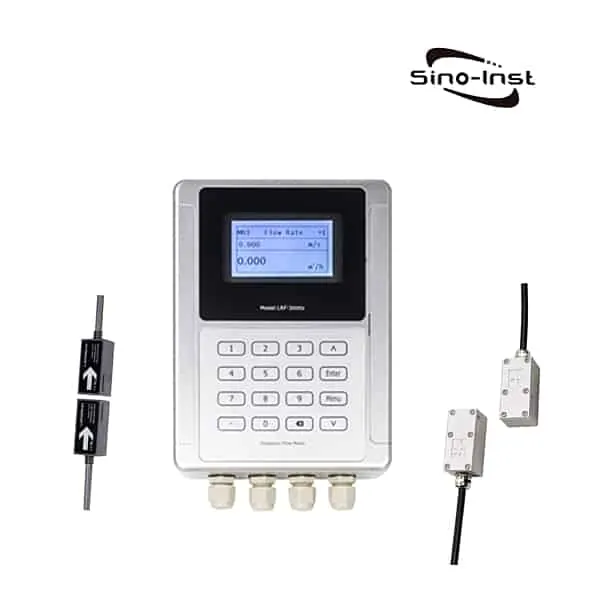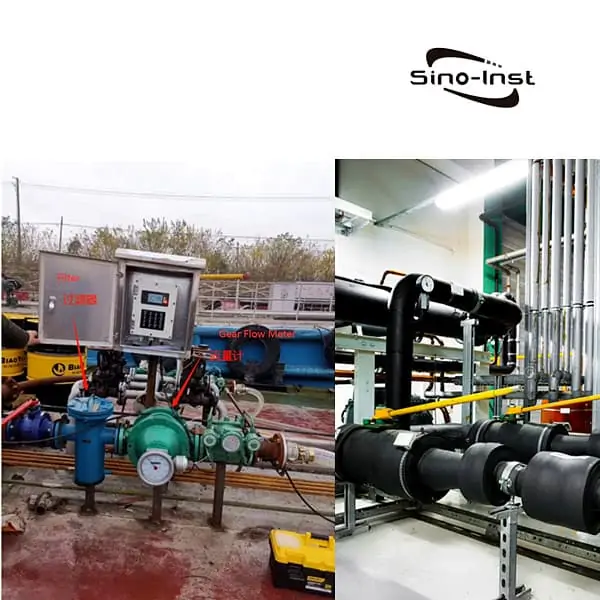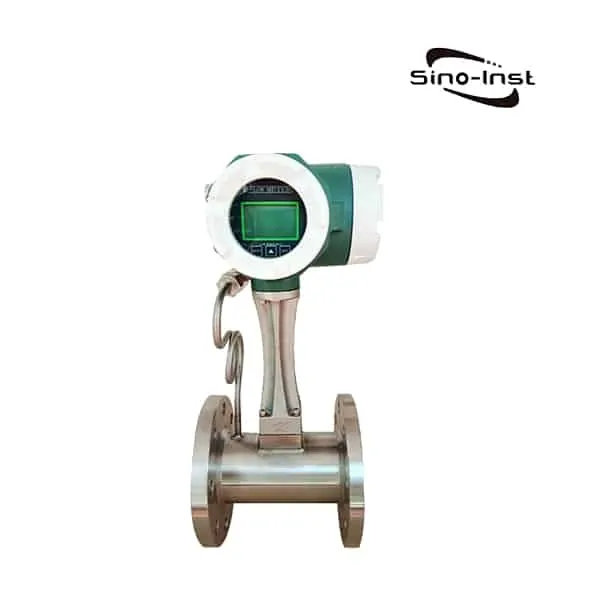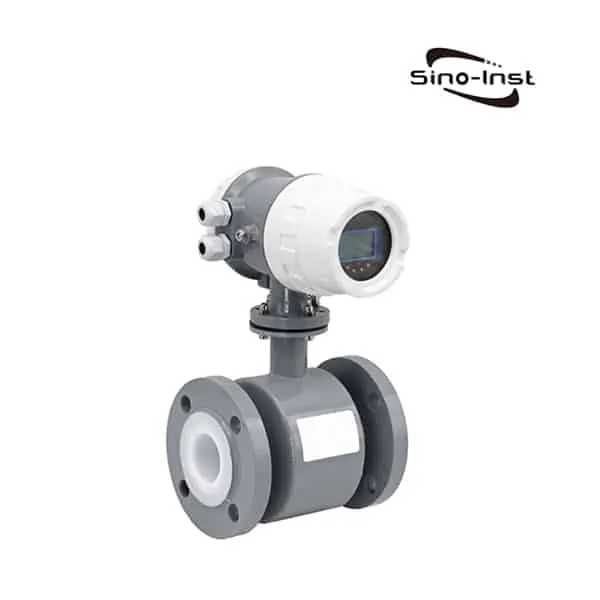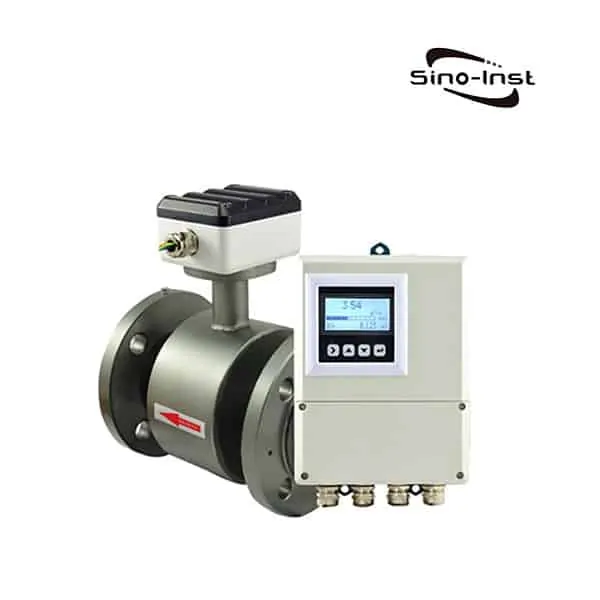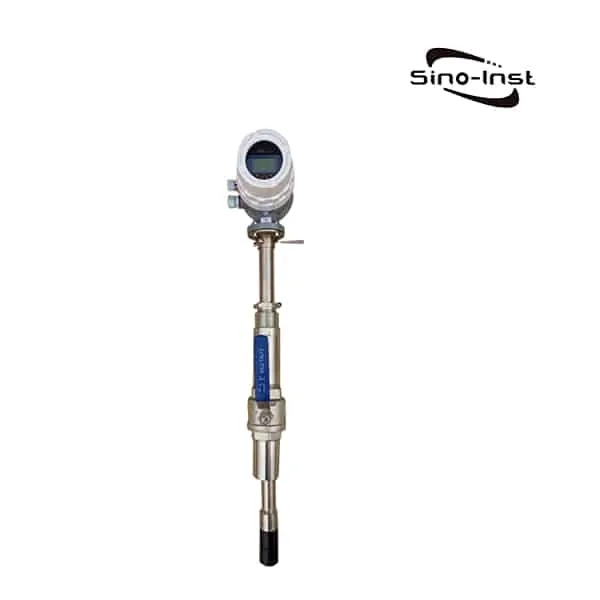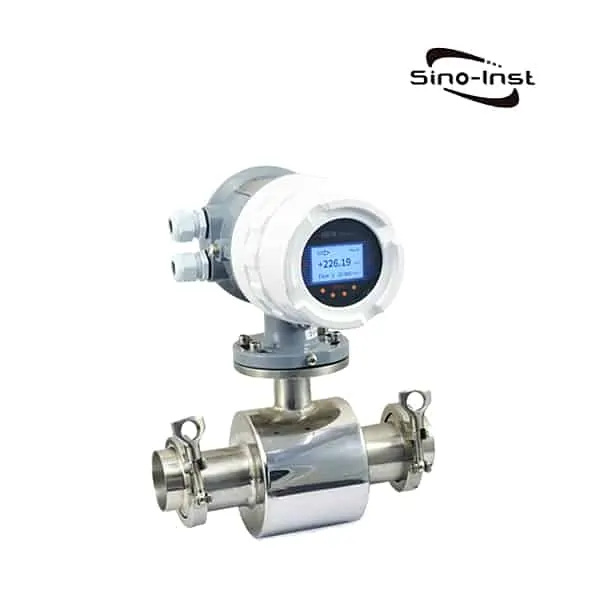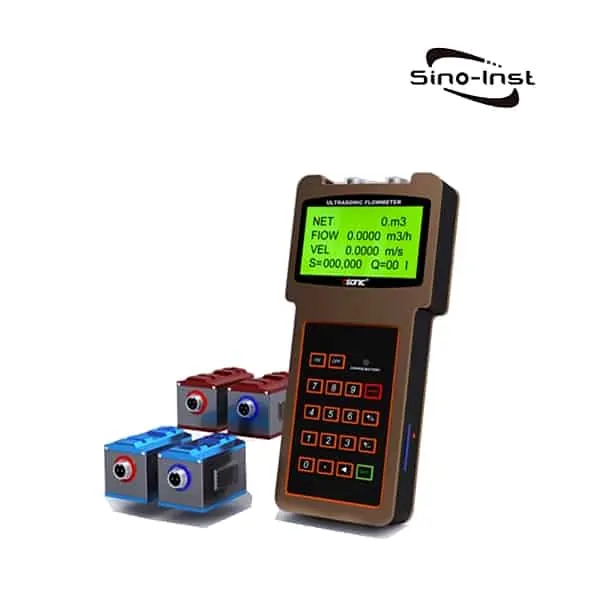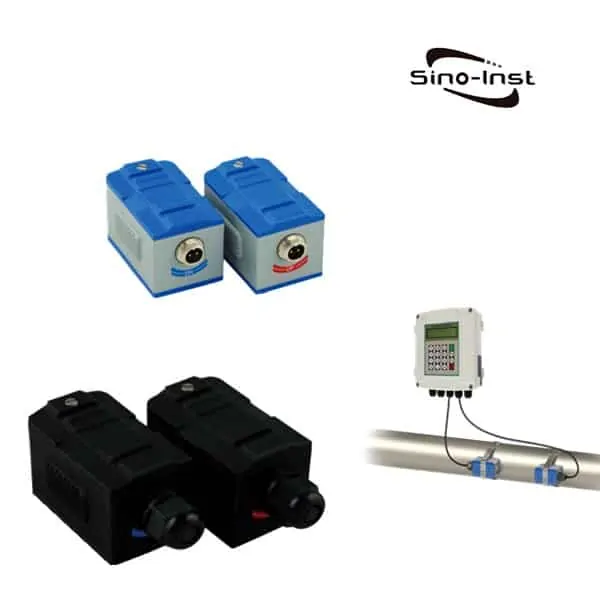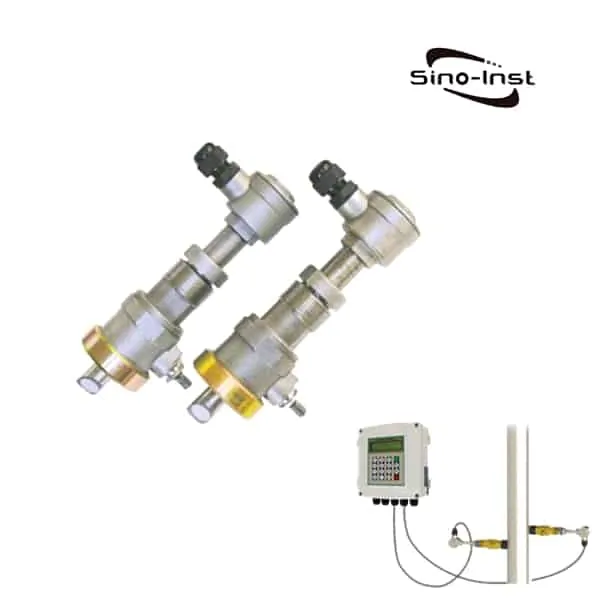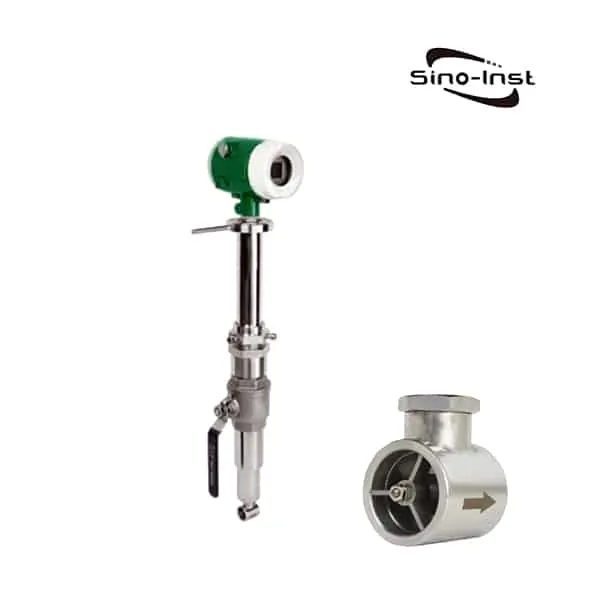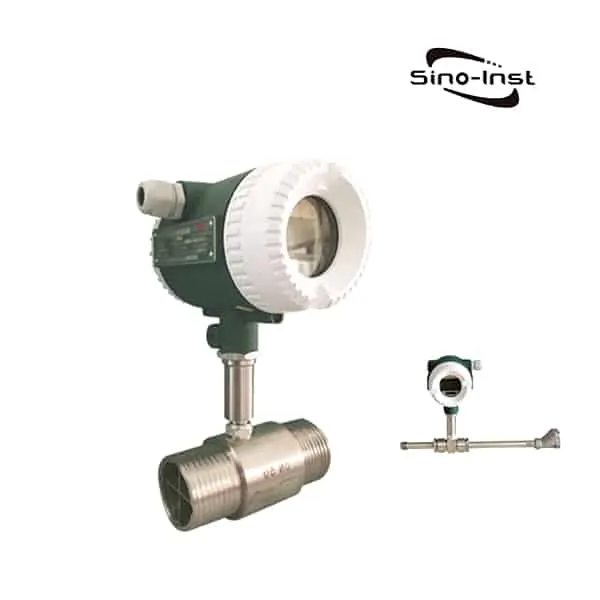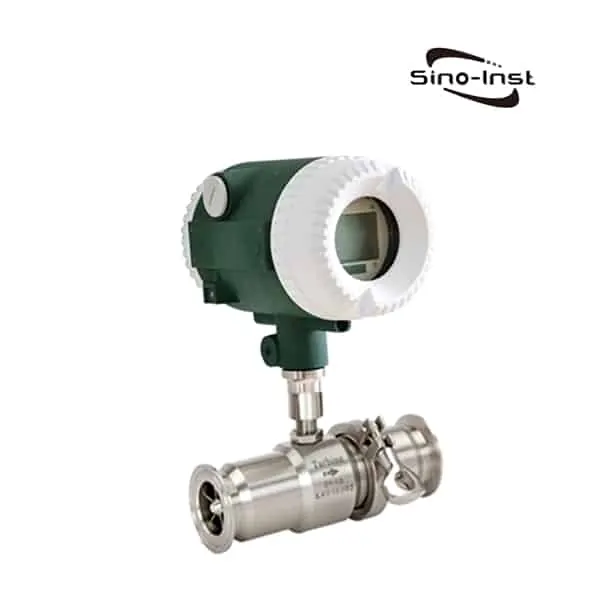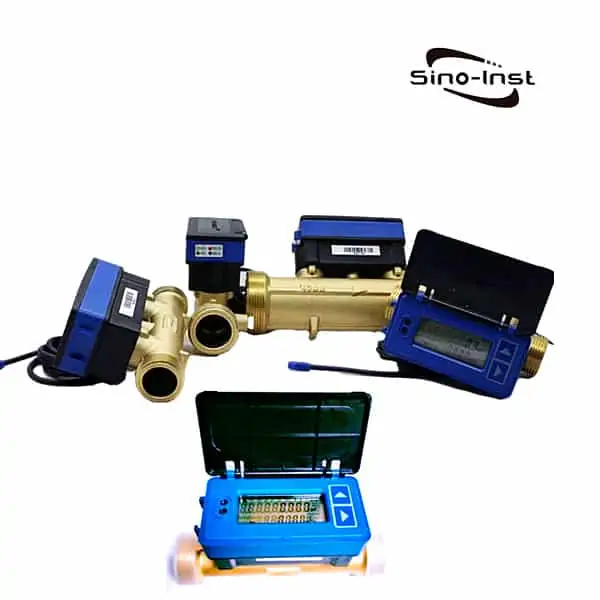What is an inline flow meter?
In line flow meter is a flow meter with the function of displaying flow rate on-site. The sensor of the flow meter is installed on the fluid pipe. Digital display or pointer shows the flow rate on the spot.
In-line flowmeters could be digital and mechanical flow meters. Common in-line flowmeters include turbine flowmeters, electromagnetic flowmeters, and ultrasonic flowmeters. With stainless steel material, analog, and 4-20mA output, in-line flow meters can measure and control inline flow.
Features of In-line Flow Meters
- Local LCD display flow rate.
- Signal output: analog, 4-20mA, pulse, and so on.
- Liquid, Gas pipe flow measurement.
- Special materials can be selected depending on the working conditions.
Such as PTFE - Remote type is available.
You may like: Digital Flow Meters Guide| Liquid and Gas
After understanding what an Inline flow meter is, you may want to know which flow meter is the most suitable?
Choose the most suitable Inline flow meter
Different measurement situations require different inline flowmeters.
Simply put, we can consider the following aspects:
- Installation form
- Fluid medium
- Measuring principle
- Application
Extended reading:
What is the K-factor in a flow meter?
Cryogenic Flow Meters|Liquid Nitrogen-Liquid Oxygen-LNG fluids
Inline Flow Meters can also be used with paperless recorders.
Related inline Flow Measurement Solutions
Frequently
Asked
Questions
Extended reading: Cryogenic Flow Meters | Liquid Nitrogen-Liquid Oxygen
Sino-Inst offers broad flow control and measurement portfolios in the industry. Sino-Instrument provides technology to measure and control whatever moves through a pipe or pipeline. Including water, air, steam, oil, other liquids and gases.
Customers can rely on Sino-Inst for application specific solutions, that deliver accurate, timely and dependable flow data and control essential,for product quality, cost control, safer operations, and regulatory compliance.
Request a Quote

Wu Peng, born in 1980, is a highly respected and accomplished male engineer with extensive experience in the field of automation. With over 20 years of industry experience, Wu has made significant contributions to both academia and engineering projects.
Throughout his career, Wu Peng has participated in numerous national and international engineering projects. Some of his most notable projects include the development of an intelligent control system for oil refineries, the design of a cutting-edge distributed control system for petrochemical plants, and the optimization of control algorithms for natural gas pipelines.




